Frying may seem simple—just heat some oil and drop in your food, right? But the real magic of golden, crispy perfection lies in choosing the right oil.
Not all oils are created equal, and using the wrong one can leave your dish soggy, smoky, or worse—tasting off.
Whether you’re deep-frying crispy chicken, pan-frying crunchy vegetables, or whipping up tempura like a pro, your choice of oil plays a huge role in flavor, texture, and even nutrition.
In this complete guide, we’ll break down 10 popular frying oils, from the everyday staples to the health-conscious picks, so you can fry smarter—and tastier—every time.
1. Canola Oil

Mild and versatile, canola oil is a favorite in many kitchens. It’s heralded for its low saturated fat content and mild flavor that lets your fried foods shine. With a high smoke point, it can handle high heat without breaking a sweat.
Its neutral taste makes it perfect for frying various foods, from chicken to vegetables. Whether you’re hosting a backyard barbecue or a cozy dinner at home, canola oil is a reliable choice.
2. Olive Oil
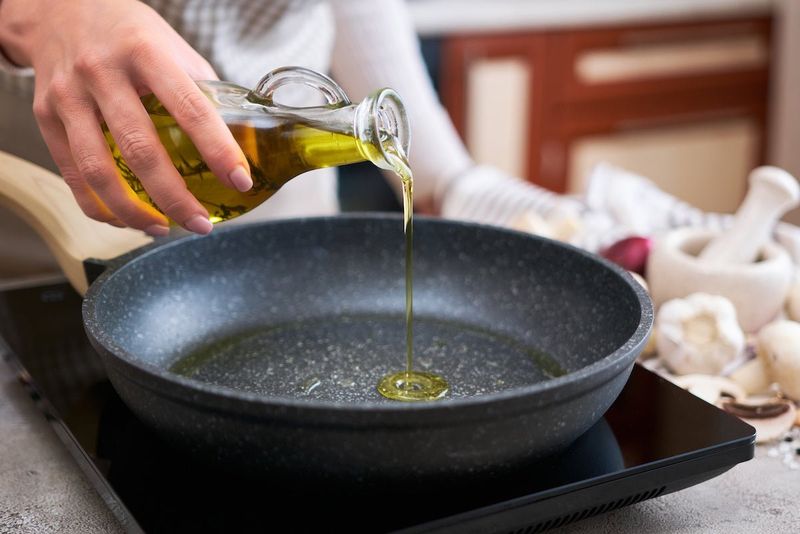
Known for its robust flavor, olive oil adds a unique taste to fried dishes. While not commonly used for deep frying due to its moderate smoke point, it’s perfect for pan-frying. Olive oil is rich in monounsaturated fats, making it a heart-healthy option.
The distinct taste of olive oil can transform simple fried vegetables into a gourmet dish. It’s particularly popular in Mediterranean cuisine, where it’s used to add flavor and richness.
3. Peanut Oil
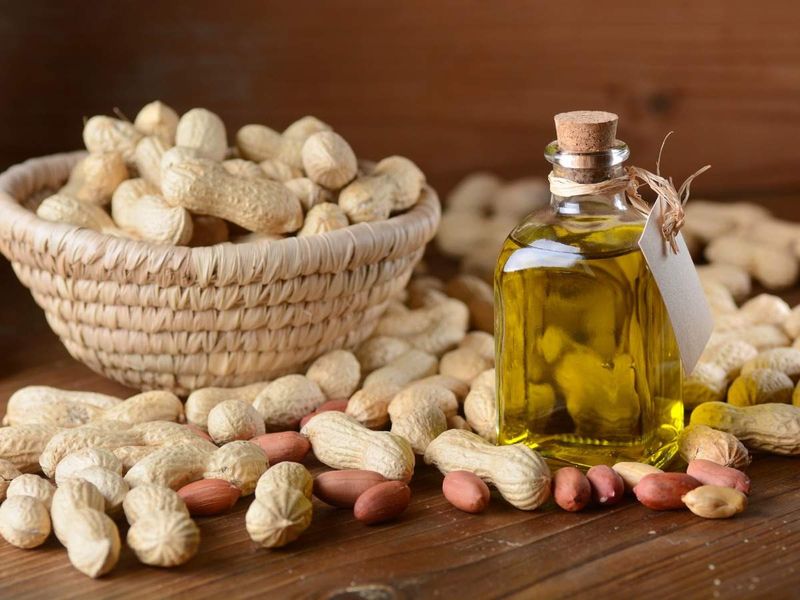
Peanut oil is celebrated for its high smoke point and nutty flavor. This combination makes it ideal for frying, especially for Southern-style cooking. It gives a subtle nutty essence to dishes without overpowering the main ingredients.
Many chefs favor it for frying turkeys, thanks to its ability to withstand high temperatures. Its flavor pairs beautifully with Asian cuisine, enhancing the taste of stir-fries and tempuras.
If you crave a hint of nutty goodness in your fried meals, peanut oil is the way to go.
4. Coconut Oil

Coconut oil brings a tropical flair to frying. Its subtle coconut aroma can enhance both sweet and savory dishes. While it has a lower smoke point compared to some oils, it’s still a favorite for frying lighter foods.
Health enthusiasts love coconut oil for its medium-chain triglycerides, which are thought to offer various health benefits. It’s especially popular in vegan and gluten-free cooking for its unique flavor profile.
5. Sunflower Oil

Sunflower oil is a staple in many households, known for its light taste and high smoke point. This oil is a versatile option for frying, as it doesn’t overpower the flavor of the food.
Rich in Vitamin E, sunflower oil is not only good for frying but also beneficial for your skin. It’s a popular choice for those looking to maintain a balance between taste and health.
For a light and crispy finish to your fried dishes, sunflower oil is a top contender.
6. Avocado Oil

Avocado oil boasts one of the highest smoke points among cooking oils, making it perfect for high-heat frying. It has a mild, buttery flavor that complements a variety of dishes without overwhelming them.
Health-conscious cooks appreciate its richness in monounsaturated fats and antioxidants. Avocado oil is often used in gourmet recipes, adding a touch of elegance to fried foods.
Its vibrant green hue and silky texture make it a favorite among chefs and home cooks alike. Fry with avocado oil for a luxurious twist!
7. Grapeseed Oil
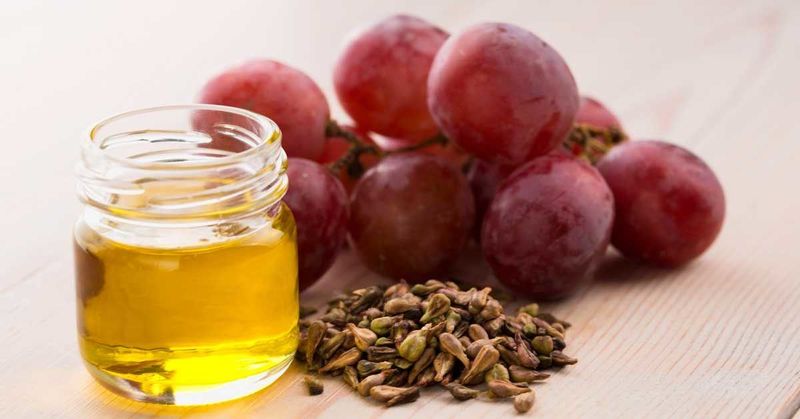
Derived from the seeds of grapes, grapeseed oil is light and flavorful. It offers a mildly nutty taste that can elevate your frying experience. Its high smoke point ensures your fried dishes are crispy and delicious.
Grapeseed oil is especially favored for its health benefits, being rich in Vitamin E and omega-6 fatty acids. It’s an excellent choice for those who want a healthier frying option.
8. Corn Oil
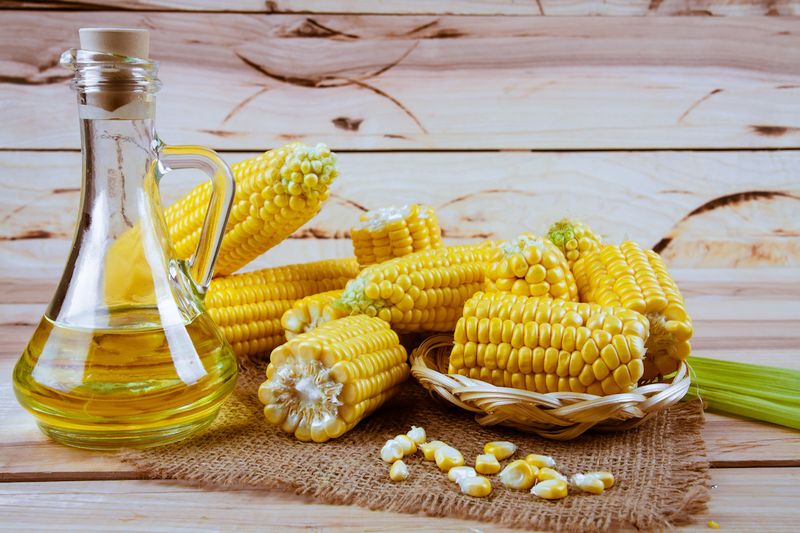
Corn oil is a classic choice for frying, known for its neutral flavor and affordability. It’s a staple in many commercial kitchens due to its versatility and high smoke point.
This oil is perfect for cooking large batches of fried foods, like onion rings or fried fish. Corn oil’s subtle taste ensures that the flavor of the food remains the star of the show.
9. Sesame Oil
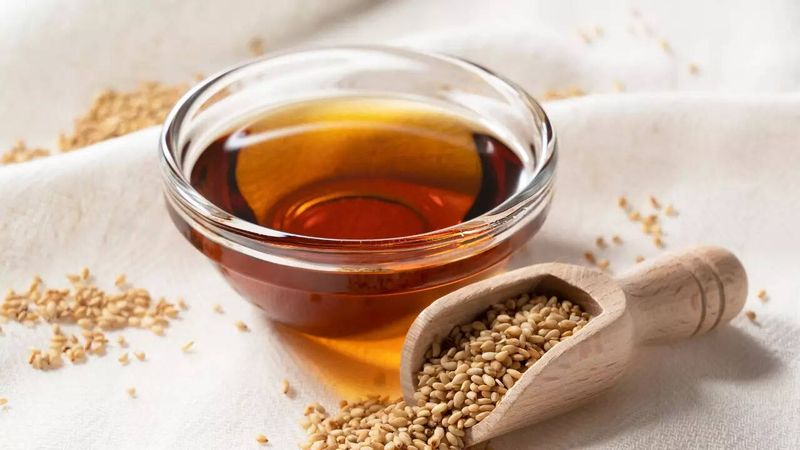
Sesame oil is renowned for its distinctive flavor, often used in Asian cuisines. Its aromatic nature can enhance the taste of fried dishes, providing a delightful twist.
Though not typically used for deep frying due to its lower smoke point, it’s excellent for stir-frying and sautéing. The rich, nutty flavor of sesame oil can turn a simple dish into an exotic treat.
Sesame oil is one of the oldest known oils, with a history dating back thousands of years. Its unique flavor and aroma make it a beloved ingredient in many traditional recipes. Add a dash of sesame oil for a taste of the exotic!
10. Vegetable Oil
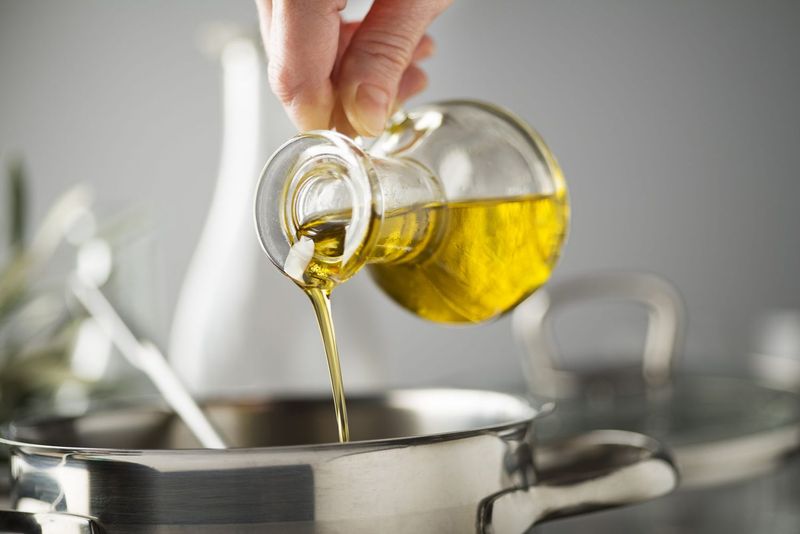
Often the go-to for many frying needs, vegetable oil is a blend of different oils like soybean, corn, and canola. Its mild flavor and high smoke point make it an adaptable choice for a variety of dishes.
Vegetable oil is often used in baking and frying due to its neutral taste. It’s a reliable option for frying everything from donuts to chicken wings without altering the food’s flavor.
For an all-purpose frying oil, vegetable oil is hard to beat!
Leave a comment